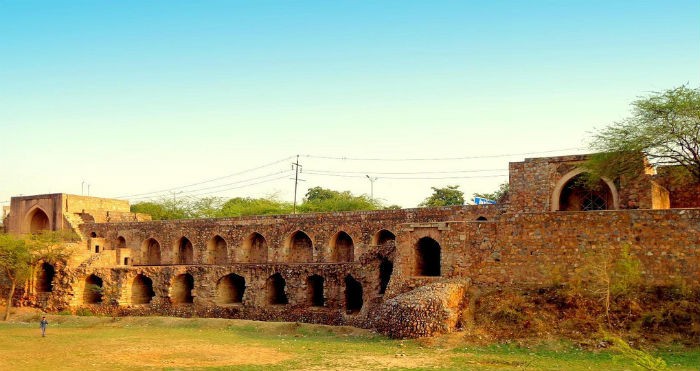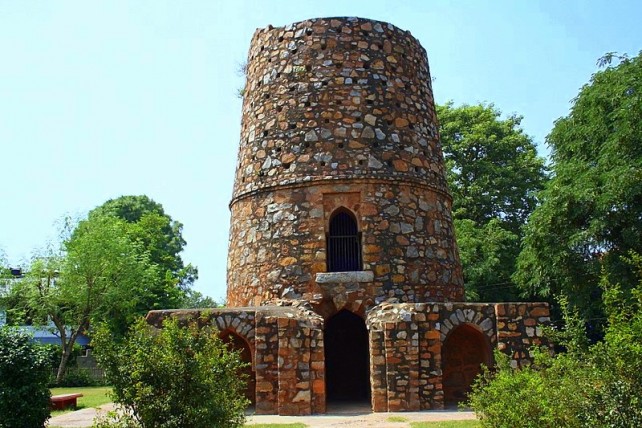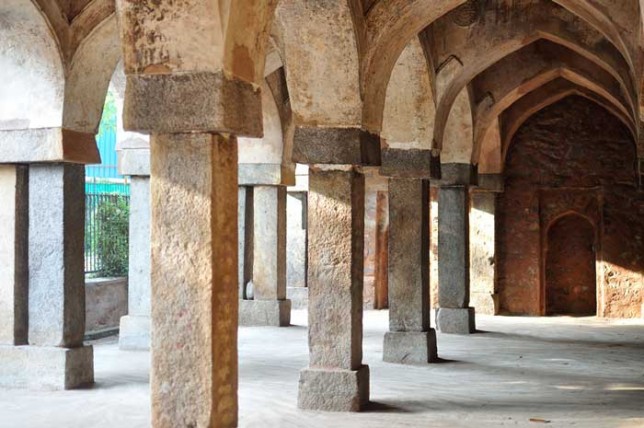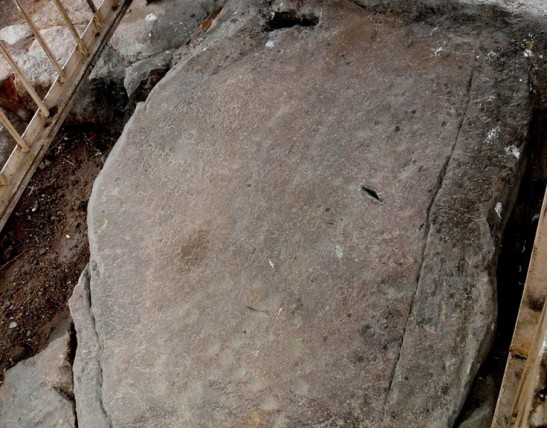5 forgotten monuments you must visit when you are in Delhi
Delhi isn’t only what we see on postcards – there’s a lot more to it that got hidden because of the vast construction in the city. While tourist spots like the Red Fort, Lotus Temple, India Gate and Qutub Minar are the most recommended places to visit, a seasoned explorer will certainly look for more.
Here are five forgotten monuments that may not be mainstream spots in the tourism field, but are a gemstone worth taking a close look at, at least once in your life:
1. Satpula, Saket:
Constructed in Muhammad Shah Tughlaq’s rule (1325-51), this is most likely India’s longest surviving dam. Constructed with the intention of collecting water for his new city of Jahanpanah, this dam was named Satpula because of its seven columns that framed the fundamental part of the dividers of the city. It is sad that most Delhiites as well as tourists don’t even notice this structure on their way to the malls in Saket!

2. Chor Minar, Hauz Khas:
“Tower of Thieves” – the Chor Minar was constructed by the Khilji ruler Alauddin Khilji in the thirteenth century. The story behind this construction was as grim as the power of this ruler – the head of the thieves were cut and displayed out in the open. Later on it was used for execution of the Mongol hostages. Chor Minar is found near the present-day Aurobindo Marg in Hauz Khas.

3. Tomb (Unknown), near Bijri Khan’s Tomb at R.K.Puram,Sector-III:
A dome structured tomb was erected using rubble masonry with sloping dividers during the Lodhi period (fifteenth Century). This unknown tomb has three entryways and a mihrab on its west – even though it doesn’t have a name, the monument is worth a visit.
4. Baradari, Sadhna Enclave:
Baradari is an arched hallway that has seven bays from north to south and is three bays deep – it belongs to the Tughlaq period (14th century), and is located in the heart of a residential colony called the Sadhna Enclave, in Delhi.

5. Ashoka’s Rock Edicts, Srinivaspuri, South Delhi:
The Mauryan ruler Ashoka ruled the Indian subcontinent in the third century BC. A follower of Buddhism, Ashoka carved the teachings of Buddha on rocks and pillars across his kingdom. The engravings are in the Prakrit language and can be seen even today as distinctly on the rock edicts at Srinivaspuri, South Delhi.

Planning a heritage trip? Take the road less travelled and make these places a part of your bucket list!
Also read
You think you know Delhi well? These lesser known facts about India’s capital might surprise you!
Amazing facts about India’s 19 architectural marvels
Bangalore’s past meets the present: Century-old architecture marvels which are still in public use

OMG-inducing, share-compelling, like-attracting, clutter-breaking, thought-provoking, myth-busting content from the country’s leading content curators. read on...
